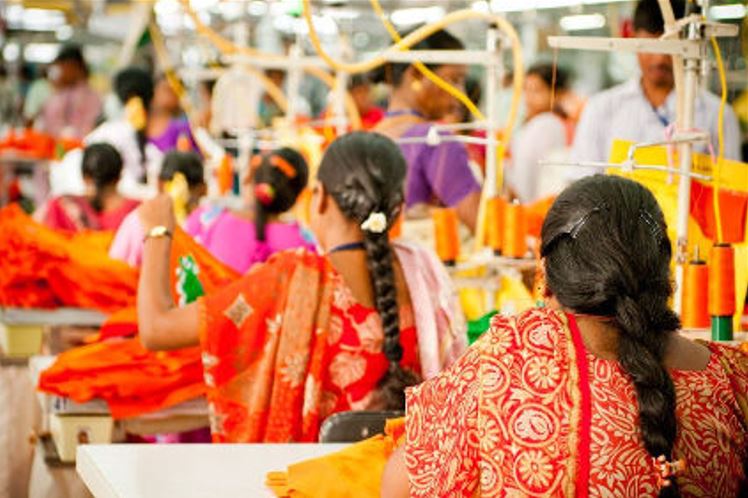
Introduction:
The Indian textile industry holds a pivotal role in the country’s economy, contributing significantly to foreign exchange earnings, exports, and industrial production. From the manufacturing of raw materials to the delivery of end products, the sector has established itself as a self-reliant force, adding substantial value at each stage of the production process.
Current Landscape:
As of the end of the multi-fiber arrangement in 2005, India has positioned itself favorably in the global textile market. With over 35% of foreign exchange earnings, 30% of exports, and 14% of industrial production, the sector ranks as the second-largest employer after agriculture, playing a vital role in India’s economic fabric.
Global Recognition and Market Presence:
India’s textile industry has expanded beyond conventional yarn and fabrics, now exporting over 100 garment product categories. Renowned global brands such as Banana Republic, Tommy Hilfiger, and Gap source their products from India. With substantial investments, persistent innovations, and strategic marketing, India has emerged as a flourishing outsourcing center for textiles and apparel, meeting global demand for manufacturing fibers and yarns.
Synthetic Textiles Sector Growth:
The synthetic textile sector in India, modern and with high growth potential, is becoming a key player in the outsourcing landscape. With a compound annual growth rate exceeding 22%, exports of man-made fiber (MMF) textiles reached $1.62 billion in 2002-03. India’s synthetic textile exports, targeting over 175 countries worldwide, are witnessing substantial growth, particularly in the USA, where exports are rising at more than 90% annually.
Competitive Advantage:
India’s textile industry holds several strengths that contribute to its emergence as a major outsourcing hub. These include low labor costs, abundant raw material sources (as the third-largest producer of cotton globally), a diverse product selection reflecting ethnic fashion trends, a growing domestic market, and robust government support.
Opportunities for Growth:
Several opportunities further enhance India’s position as a global outsourcing hub for textiles. International garment retailers, attracted by skilled low-cost workers and ample raw material availability, are increasingly turning to India. The fashion industry, after IT and textiles, is witnessing a surge in outsourcing interest, with buyers seeking exclusive Indian design aspects. Additionally, the rich history and craftsmanship of Indian textiles present opportunities for innovation and expansion.
Government Initiatives:
The Indian government has implemented various measures to support the growth of the textile industry. These include financing schemes, interest rate subsidies, establishment of apparel parks, infrastructure development, and liberalization policies. These initiatives aim to boost productivity, quality, and exports, positioning India as a global hub for art, design, and textile manufacturing.
Future Outlook:
The textile sector in India is poised for significant growth, with projections indicating the creation of 1.2 crore employment opportunities over the next five years. As per McKinsey’s study, India could become a major supplier to the EU and US markets post-quota regime, with anticipated textile exports reaching $15 billion in the fiscal year 2005-2006 and $50 billion by 2010.
In conclusion, India’s textile industry is on a trajectory of robust growth, making substantial strides towards becoming a leading global outsourcing hub.
